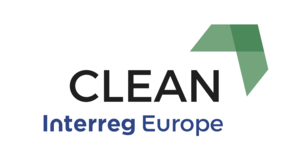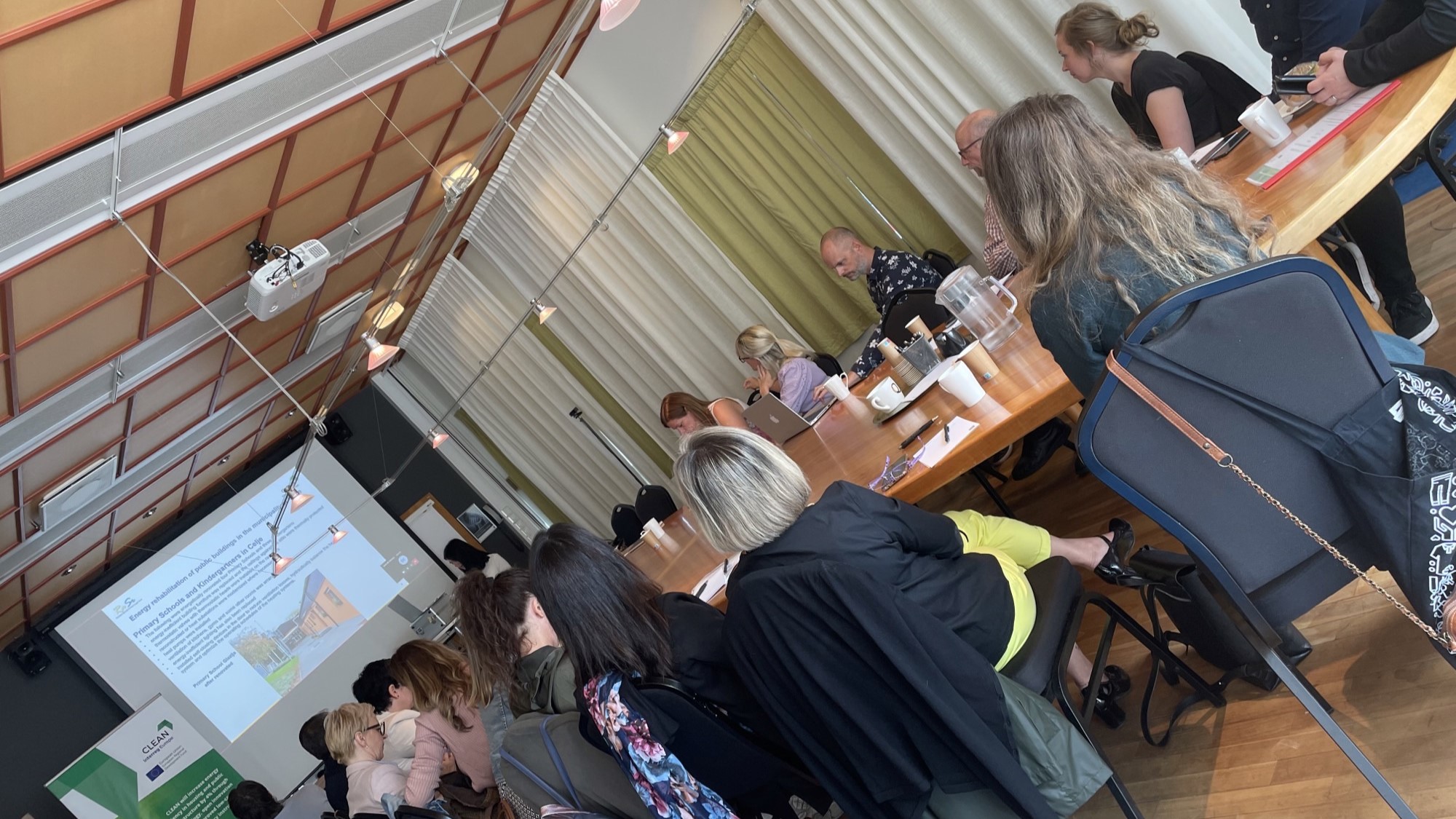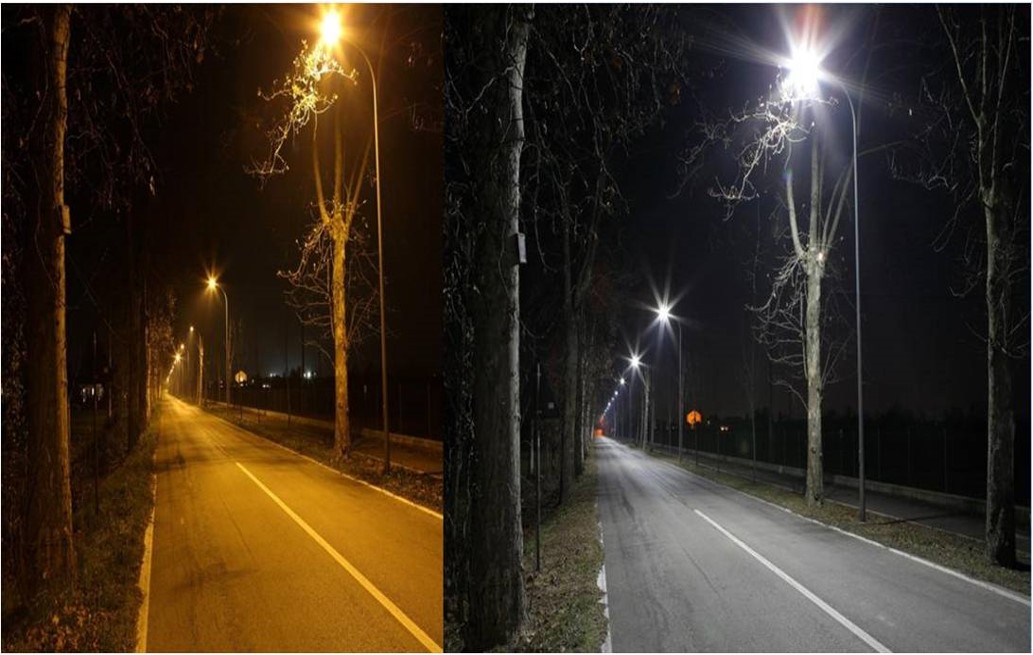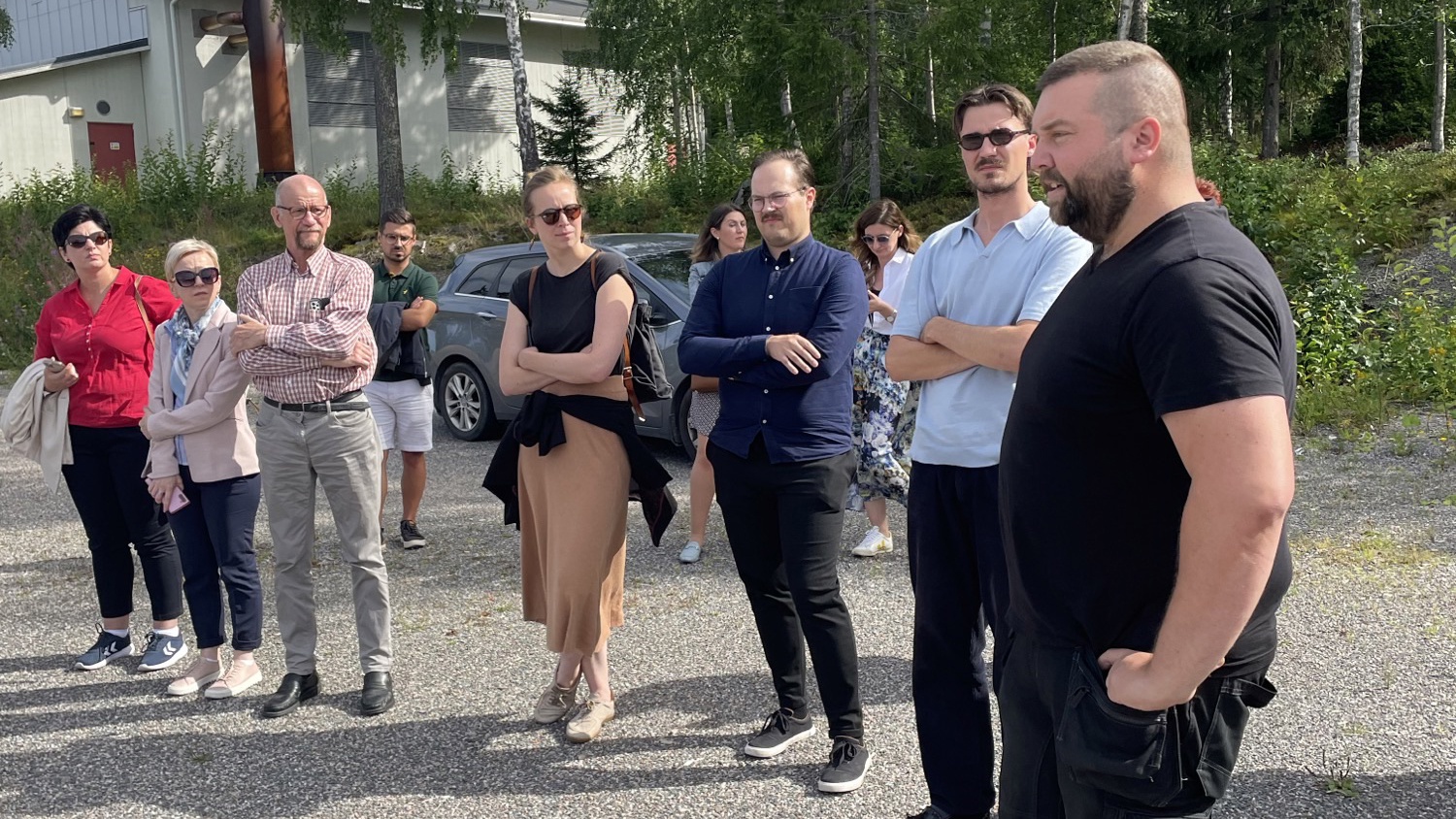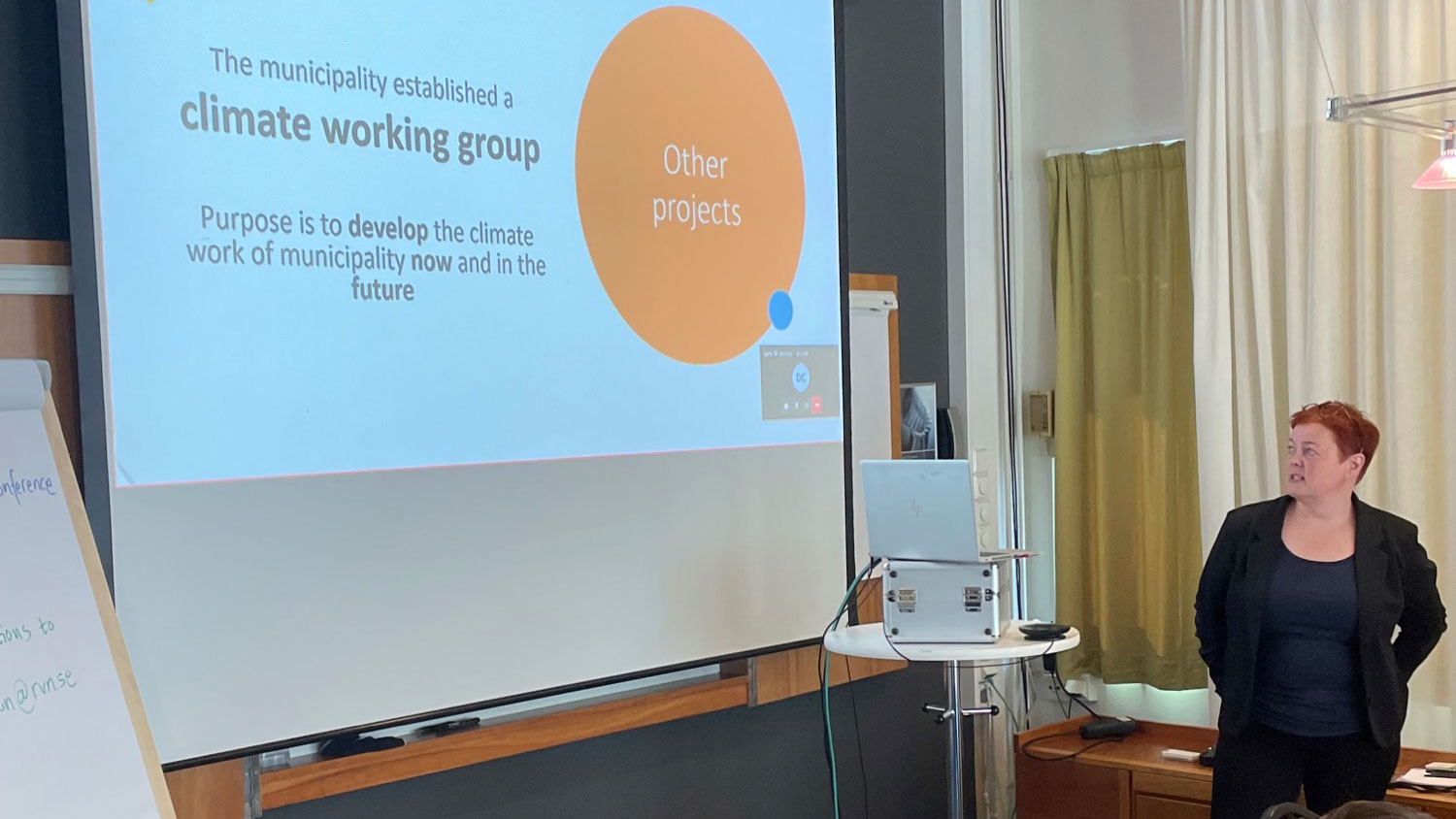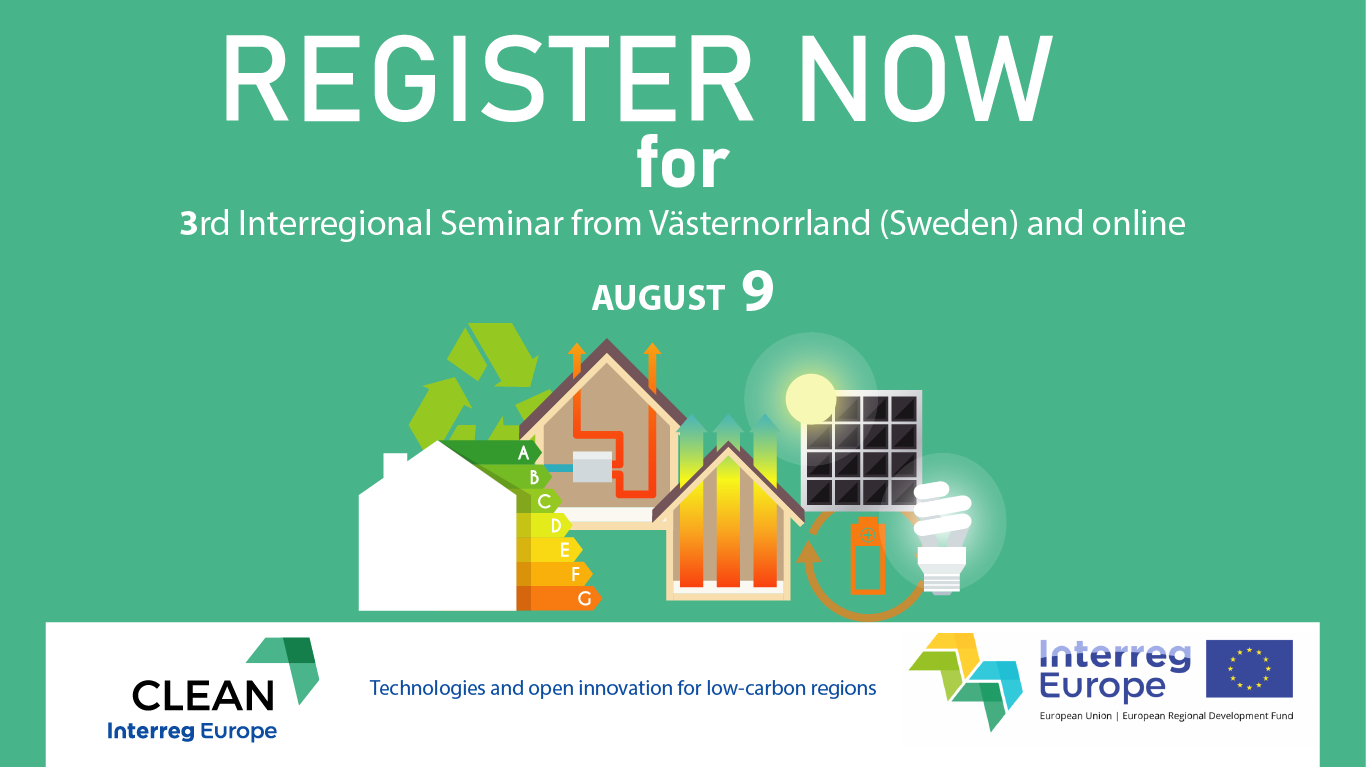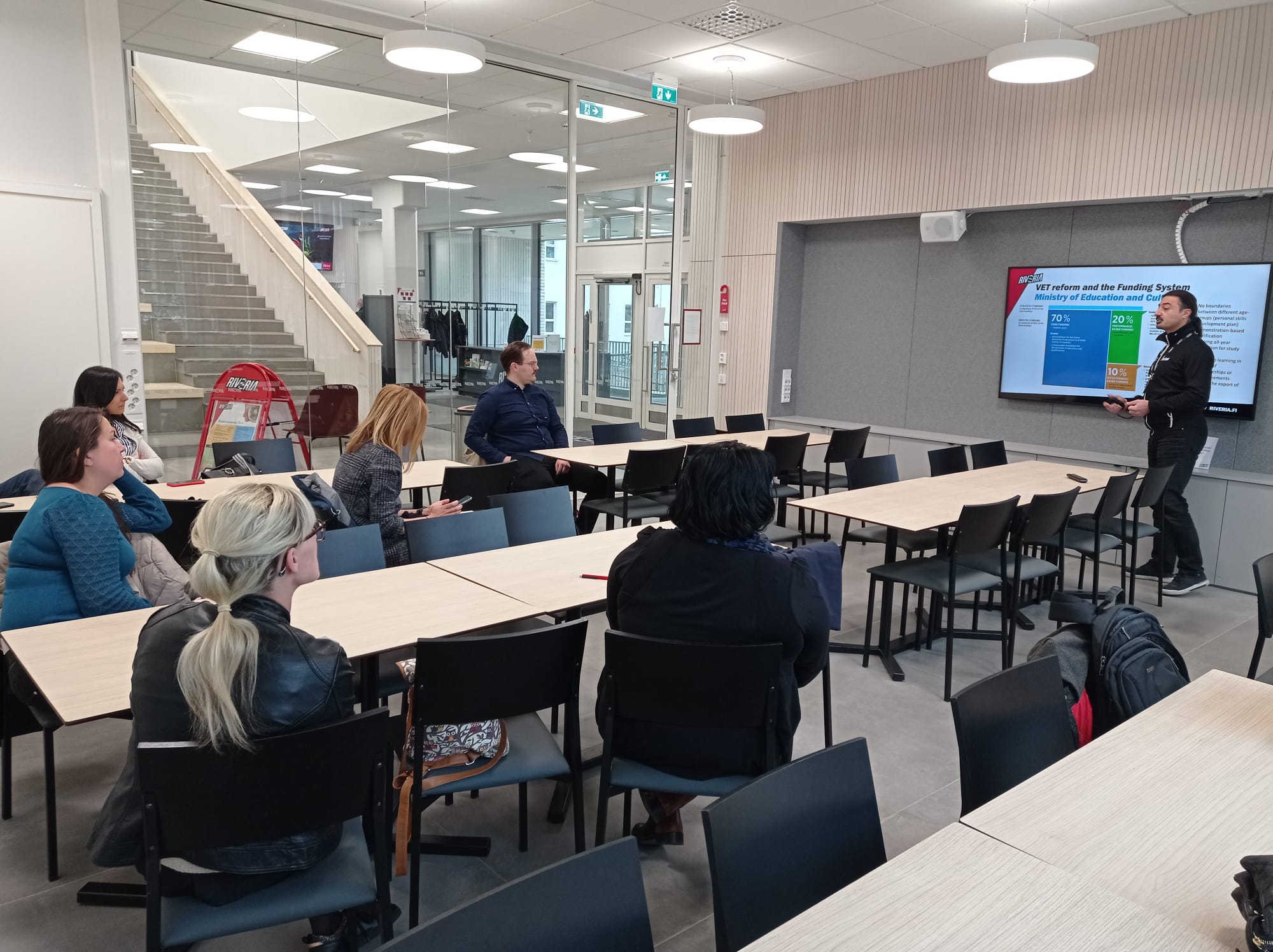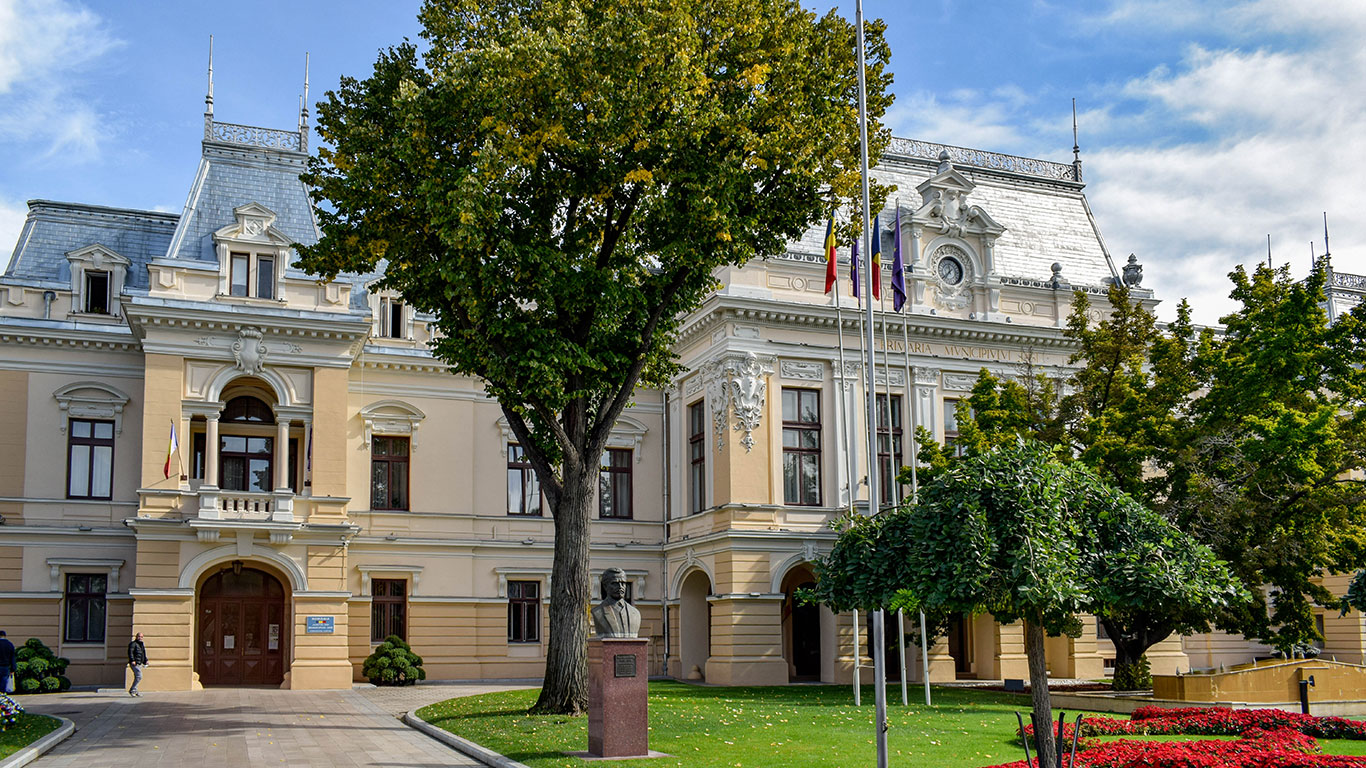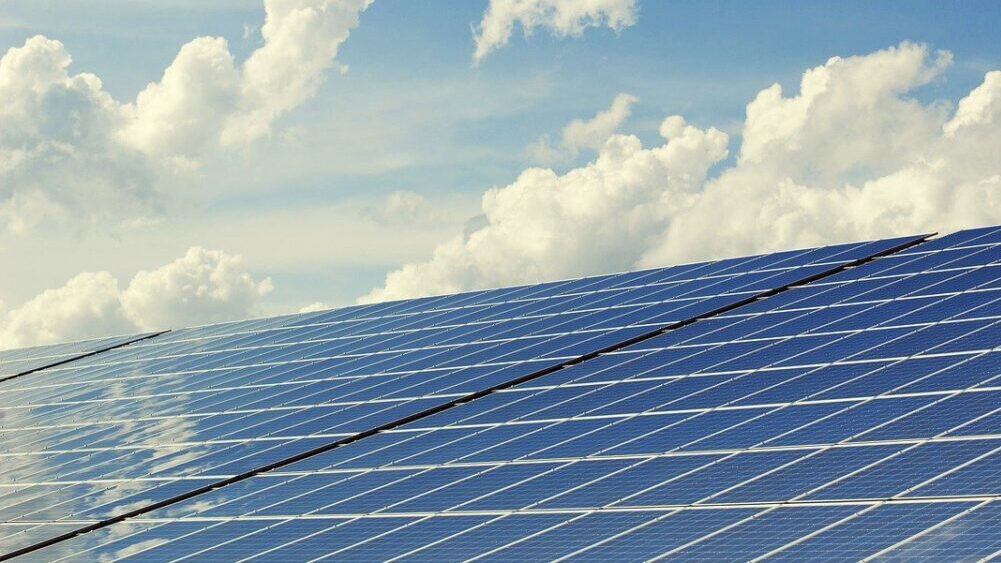CLEAN partners and stakeholders have travelled on the 24th and 25th of April to Sweden to learn more about partners’ good practices and to discover how Västernorrland region is working towards low carbon economy though the ‘Low carbon regions, how do we do?’ project conference.
Västernorrland aims to become a fossil-free region in 2030. According to Niklas Eden, from the region of Västernorrland, their policy is based on climate goals. “By 2030, emissions from domestic transport will be reduced by at least 70% compared with 2010”. In addition, in 2040 Sweden is to have zero emission of greenhouse gases. The Climate Policy Council plays a crucial role achieving these objectives by making independent assessment of how the overall policy presented by the Government is compatible with the climate goals. He has also shared with the attendees some of the draft energy goals: by 2030, it will be 50% better energy efficiency compared to 2005 and the target by 2040 is 100% renewable electricity production.
Afterwards, Ianire Renobales, project manager at ERNACT, has presented the CLEAN project to the attendees highlighting the aim, objectives and the work that the partnership has done to-date.
But, which are the analysis, strategies and actions in this Swedish region? Mats Bäck, member of the County Administrative Board at Västernorrland, has presented an energy analysis of the region, challenges and opportunities. “Climate efforts gives positive energy”. His message is reinforced by the idea of changing minds and behaviors.
Solar panels play an important role when saving energy in the region. According to Jan Lindberg, Energy controller at County Council Västernorrland, they are promoting sustainable development by investments in efficient lighting, efficient systems for ventilation and heating, bio-fuels and district heating, ‘free cooling’ (snow, river, sea, air or geothermal), solar energy (PV) and sustainable buildings.
Looking to the future, Johanna Normank, Environmental coordinator at Skellefteå power AB energy company, explains how to achieve a sustainable society. Normank says that 2 years ago it was made an historical agreement around energetic politics for the future, trying to become 100% renewable by 2040. Nevertheless, she mentioned some challenges that they will need to face. For example, to increase the renewable energy from 86 TWh in 2015 to 151 TWh by 2040. Also, nuclear power from 63 TWh to 0 TWh. However, there are some conditions to achieve these objectives. “Nuclear power will be decommissioned, and the use of electricity will increase”. Apart from that, she adds that the transmission capacity will be improved, and the flexibility of electricity demand will increase.
Good Swedish examples
Emilia Rapp, Project manager at Region of Västernorrland, highlights the importance of sustainable traveling and how are they organising campaigns, events statistics, research, inspiration days or investments related to it. For example, the promotion of pedestrian roads or more parking for bicycles. “Companies and organizations can change the behavior, their travel norms”, adds. In addition, policies and goals that engage with citizens are crucial even if “it’s not always a walk in the park”. There are some challenges as well, such as, involving language ambassadors or getting tenants to attend information meetings. Rapp is convinced about the positive effect of their work and mentions that consumption of heat has decreased by 3,8% since January 2017.
Kate Almroth, from Mitt hem AB company, has brought the second good practice to the conference. She has spoken about ‘United for sustainability’ project in the city of Sundsvall, that aims to change immigrants’ behavior when energy consumption happens. Many newly-arrived immigrants share the concerns of most households when it comes to environmental sustainability – too much waste and over consumption. Yet, language, cultural barriers or ineffective means of communication can exclude newcomers from participating on issues of concern to the whole community. Therefore, one of the goals is to remove cultural and linguistic barriers to build consensus and cooperation around environmental issues. After her explanations, CLEAN partners and stakeholders have had the opportunity to visit one of the 'smart homes' where they teach methods that can save electricity, water and waste.
The second study visit has taken place at Sundsvall hospital to discover the snow cooling system, county councils most acknowledged energy efficiency project to date. The plant, in use since 2000, is the first of its kind in the world. The county hospital is a massive structure that covers about 190,000 m² and requires a heavy duty cooling system in order to maintain a comfortable indoor climate as well as keeping a variety of technical equipment from overheating. Jan Lindberg has explained how snow cooling and heat can interact effectively to make buildings more sustainable.
